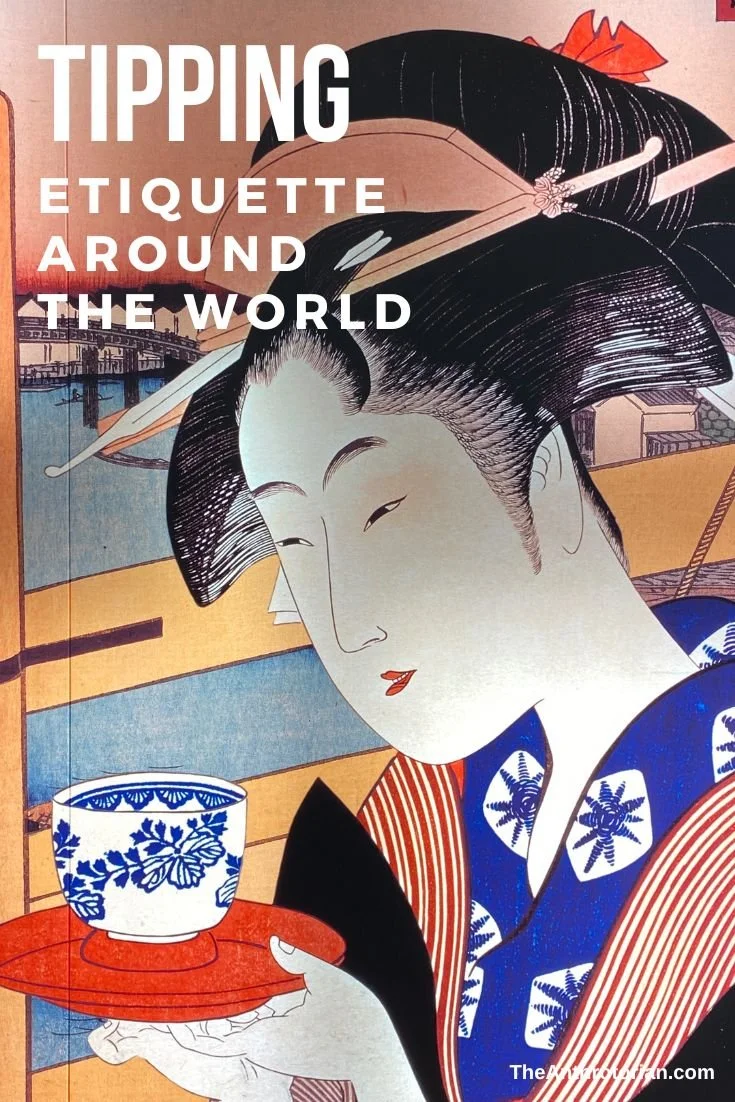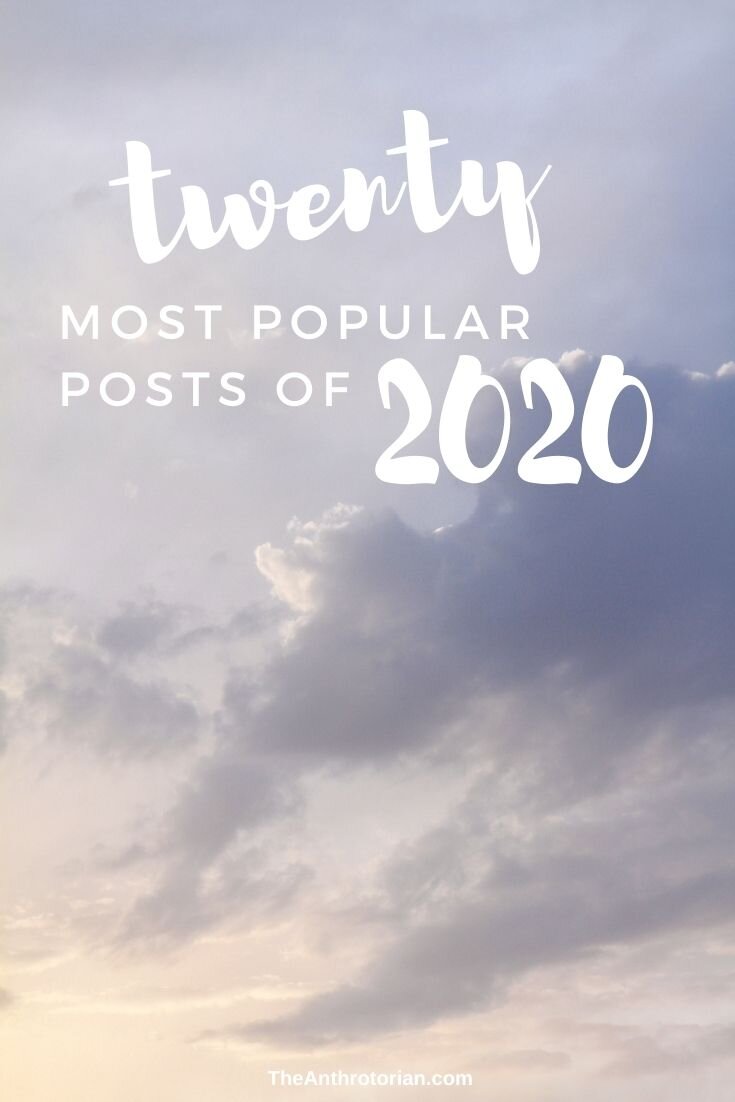Alex Janvier may be a prolific and significant Canadian Indigenous Artist, but there are no teepees, totem poles, or feathered headdresses in his portfolio.
His impressive 50-year artistic career and his contribution to the art world caused him to receive the Governor General Award in 2008, but there was once a time when the Canadian government was ready to hinder, rather than help, the progression of his career.
Intrigued? So was I.
After some research, attending a few lectures, and speaking directly to the artist himself, here is what I’ve discovered.
The Beginning
Janvier’s father was the last of the hereditary Chiefs in the Dene line (an Indigenous Band that resided in the Northern boreal and Arctic regions of Canada).
When he was a child, missionaries and colonizers, trying to integrate the Indigenous people into their society, broke this line by sending him to the Blue Quills Reservation School. At this school, away from his community, he was taught that the ways of his people were evil, and he suffered indescribable physical abuse at the hands of priests and teachers.
At the age of 17 (in the 1950s), he left the reservation and began studying at the University of Alberta Faculty of Extension before registering in the Fine Arts program at SAIT (Southern Alberta Institute of Technology). At the time, he was the ONLY Indigenous student in the school.
When the Indian Affairs department of the government caught wind that they were paying for him to receive a fine arts education, they threatened to pull funding unless he switched to a trade more suited for "Indians".
Luckily, his instructors stood up for him and managed to convince the department to let him remain in the fine arts program, but only with reduced funding(!).
When he completed his studies, the department took some of his work from him as payment for his education. Pieces that are speculated to be those taken as "payment" have recently surfaced and are pictured above.
His Work
Another issue that the Department of Indian Affairs had with his work was that it wasn’t "Indian" enough. They expected to see totem poles, paintings of Chiefs, and dream-catchers that could be used to advertise the "Indian" culture to the outside world.
Janvier’s work instead draws influences from surrealism and automatism, looking abstract and almost dreamlike. Though there are Indigenous influences in his work, they are influences that will only be recognized by people who actually know anything about his culture.
For example, the Dene people use lines and dots made from rocks and sticks to communicate when on hunting trails, both of these symbols can be found in Janvier’s works. As well, the idea of automatic drawing links back to the hunter’s dream which is revered in his culture. He also uses patterns in his pieces drawn from the traditional beadwork and birch-bark artistry of his mother.
Political Background
Coming from this background, it is not surprising that some of Janvier’s work has been somewhat political. For example, on some of his paintings, the number "287" is painted near his signature. This is his treaty number (a number assigned to him as an identifier when he was young) and was his way of protesting how Indian Affairs looked at his people as numbers instead of human beings.
When I spoke to the artist — after he had kissed me on the cheek and tried to set me up with his grandsons (in the sweetest way possible) — he told me that when he first started working, there was a group that included him and other Indigenous artists that were referred to as the "Indian Group of Seven". To me, this is a label of reverence considering the Group of Seven is a celebrated group of Canadian painters whose work is known all over the world.
Alex, however, told me that they were called this “in a mocking way” — basically being told that they could never live up to the real Group of Seven.
Other than their cultural background, there was another big difference between the two groups. Janvier and his colleagues received NO funding from the government.
The reason? They were not taxpayers.
This funding disparity is something that the artist has continued to lobby for, along with his attempts to break through the line that separates Indigenous Art from Canadian Art.
Right now, the two are considered different things, and Alex hopes, one day, they will be one and the same.
I couldn’t agree more.
Learn more about the artist and his work here.
Pin Me!
Meet The Author
Lindsay Shapka is an avid traveler and the creator of The Anthrotorian — a website dedicated to sharing travel tips, stories about adventures, culture quirks, artists you should know, fascinating bits of history, and more!
She is also an artist, marketing specialist, editor, and freelance writer who has work featured on websites, blogs, and in magazines like National Geographic Traveler.












Nope, that web of wires you might notice above your head while wandering through Manhattan are not all for carrying electricity.
There are actually 18 miles(!) of translucent wire that run throughout the borough called an eruv. The eruv (or eruvin) is there because of the Jewish Sabbath. A day of rest in the Jewish tradition, people observing the Sabbath aren't permitted to do any sort of work in public places, which includes carrying things like groceries, laundry, or books.